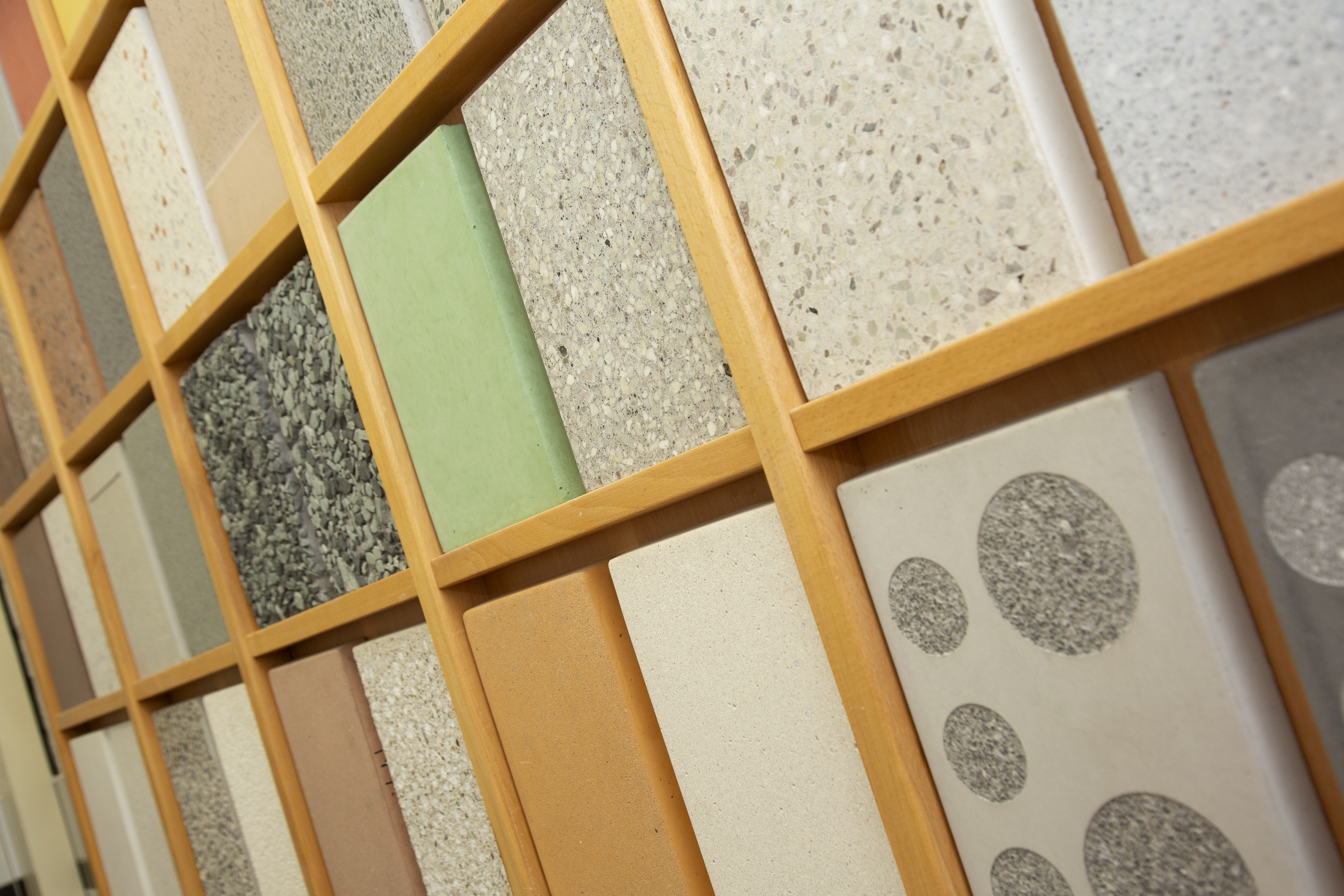
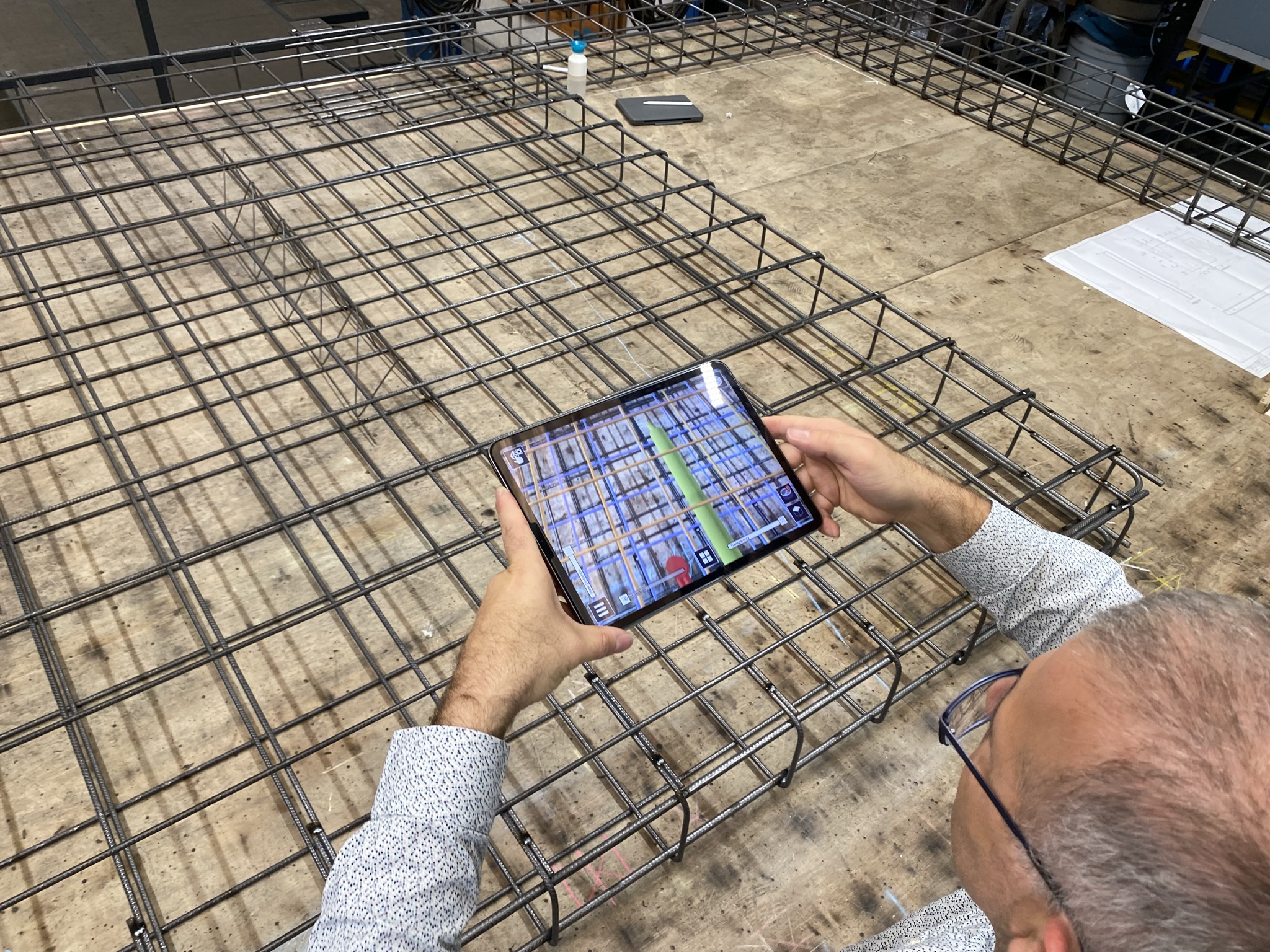
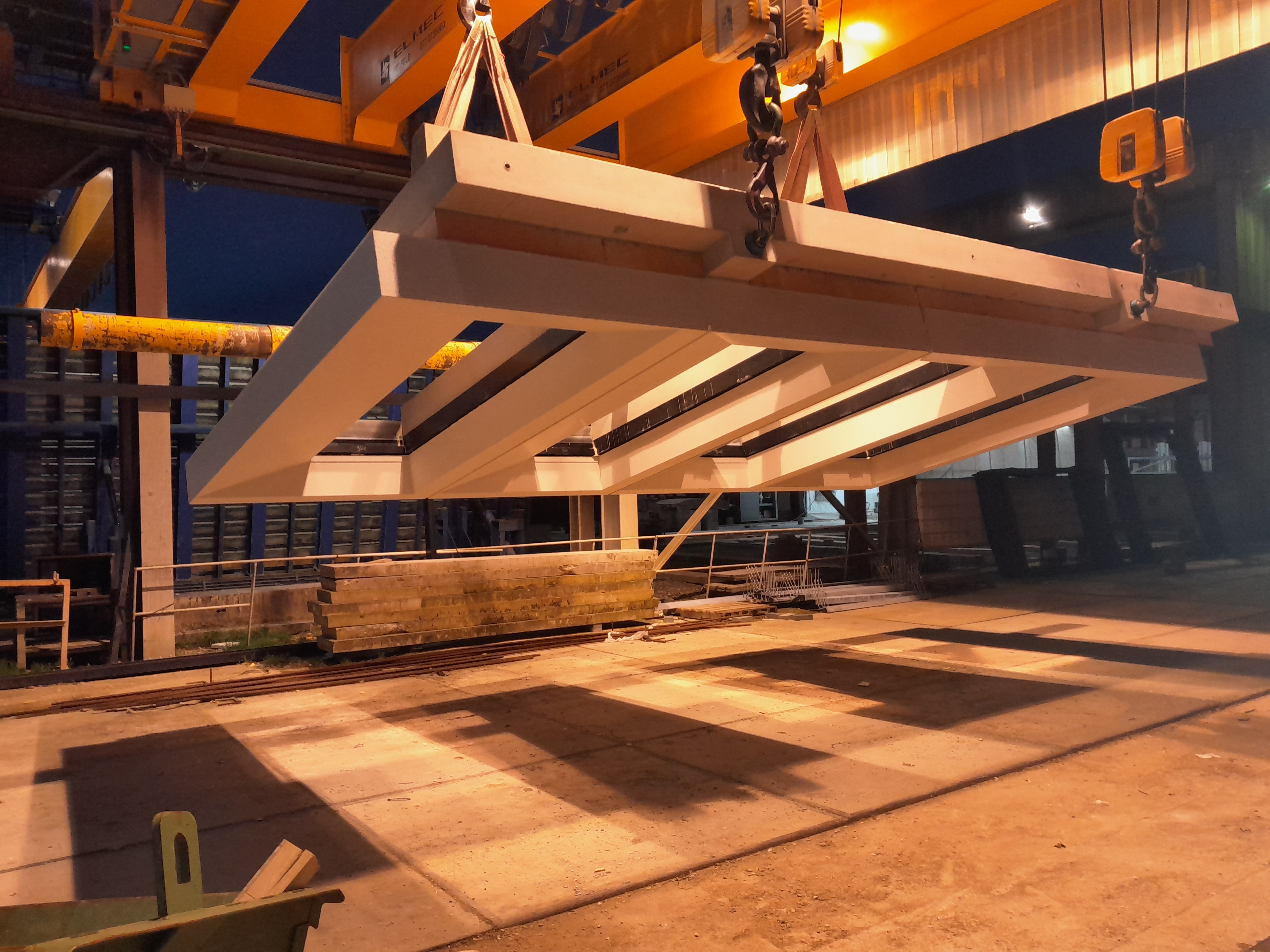
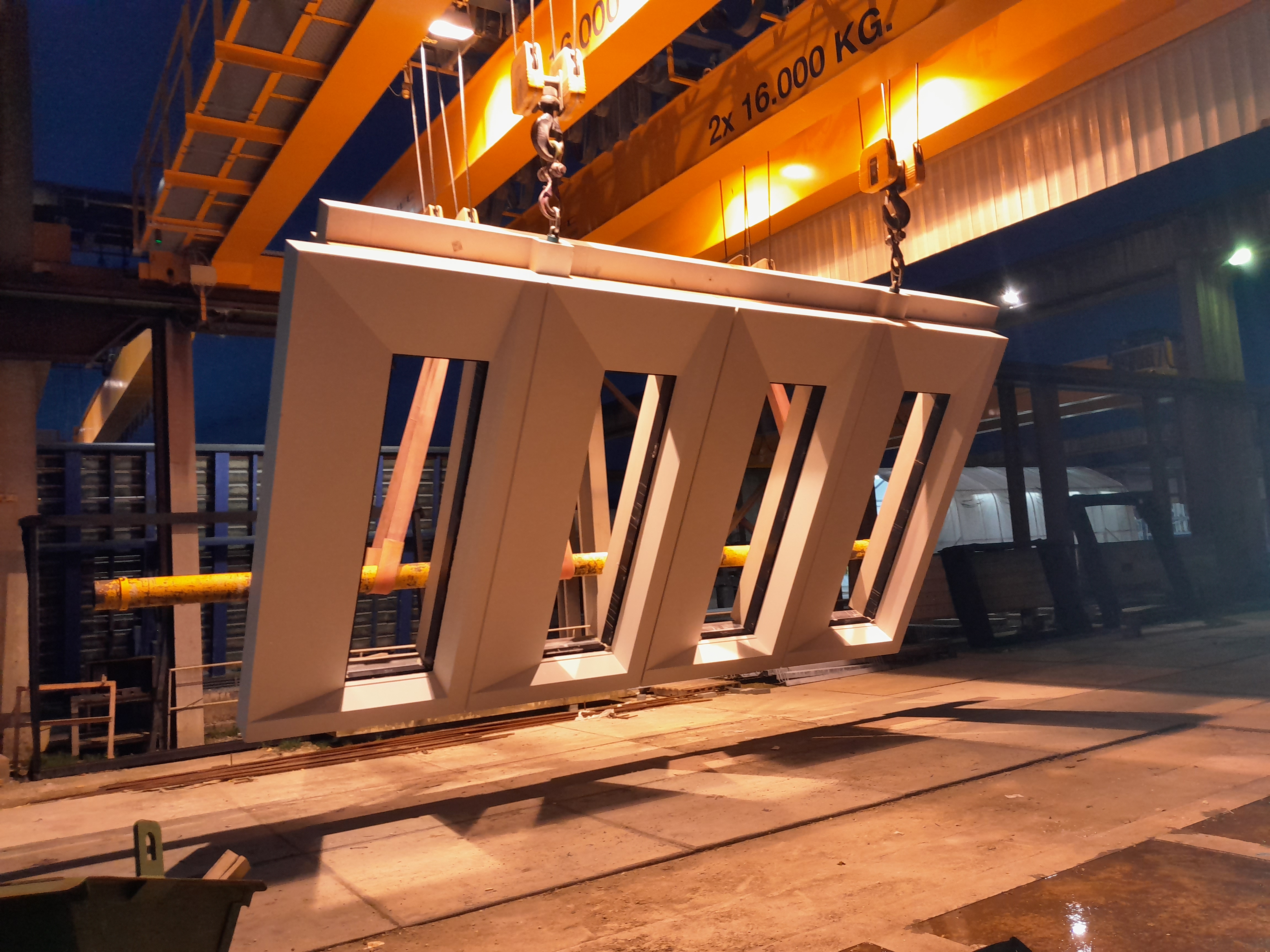
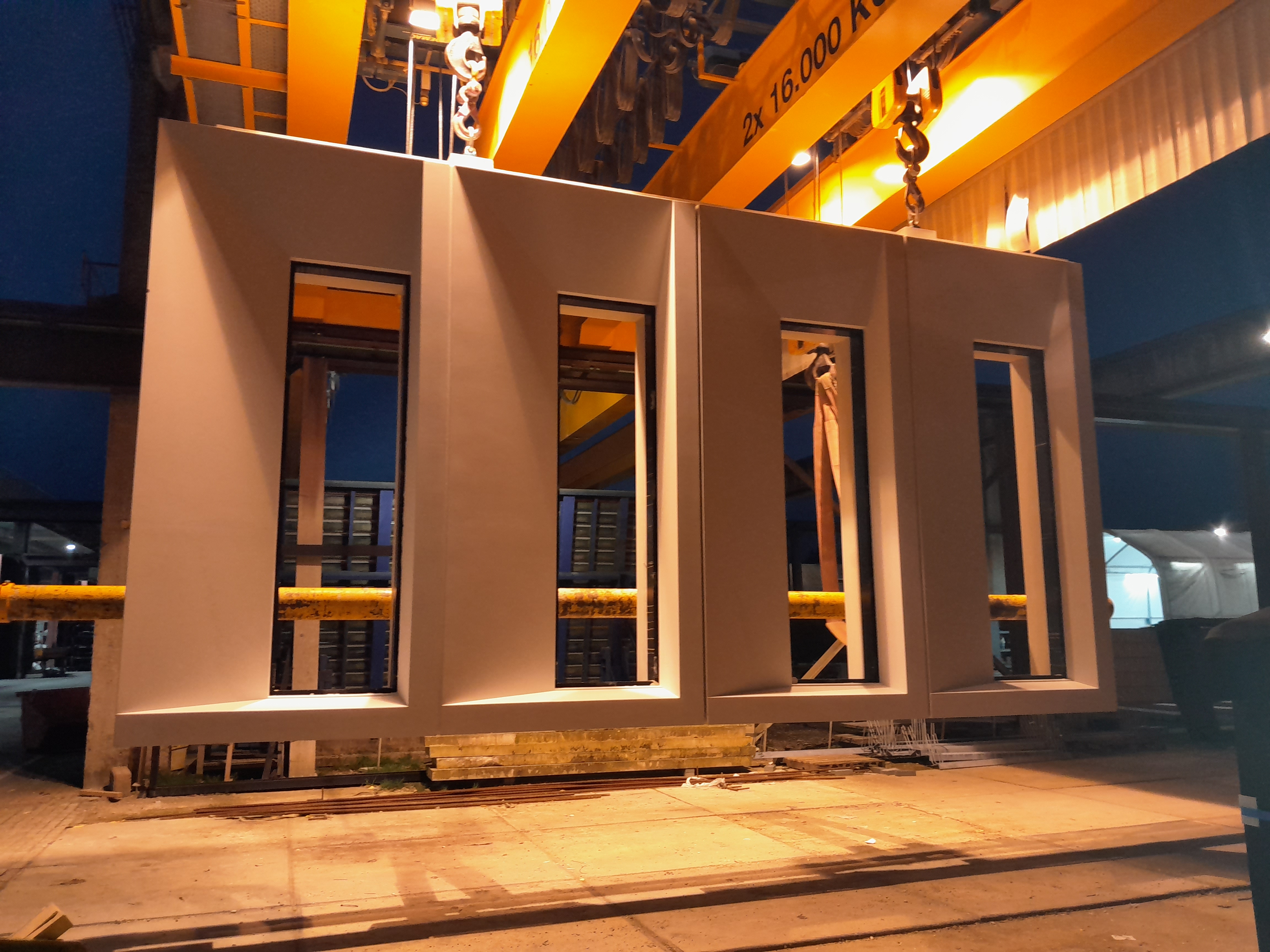
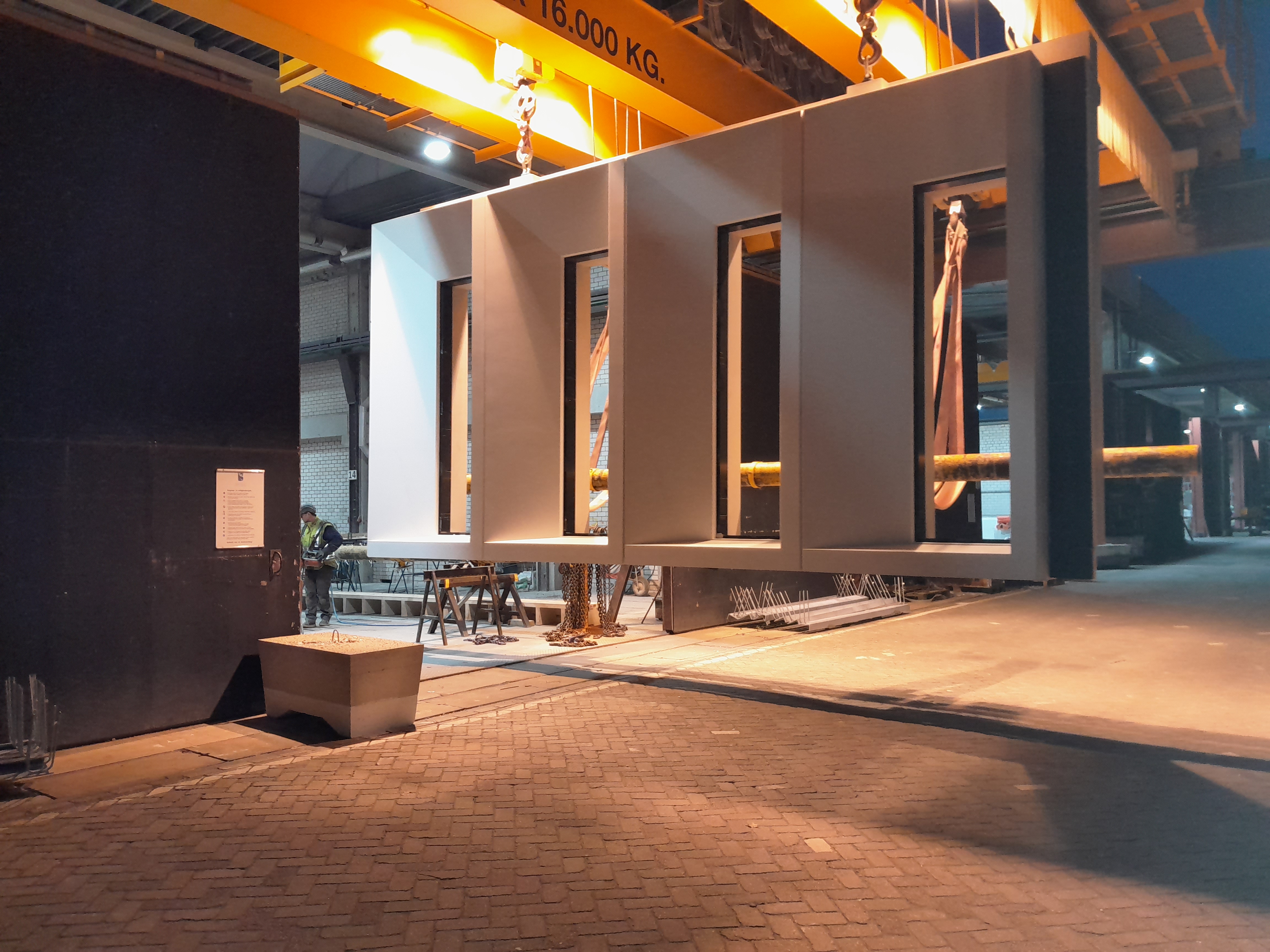
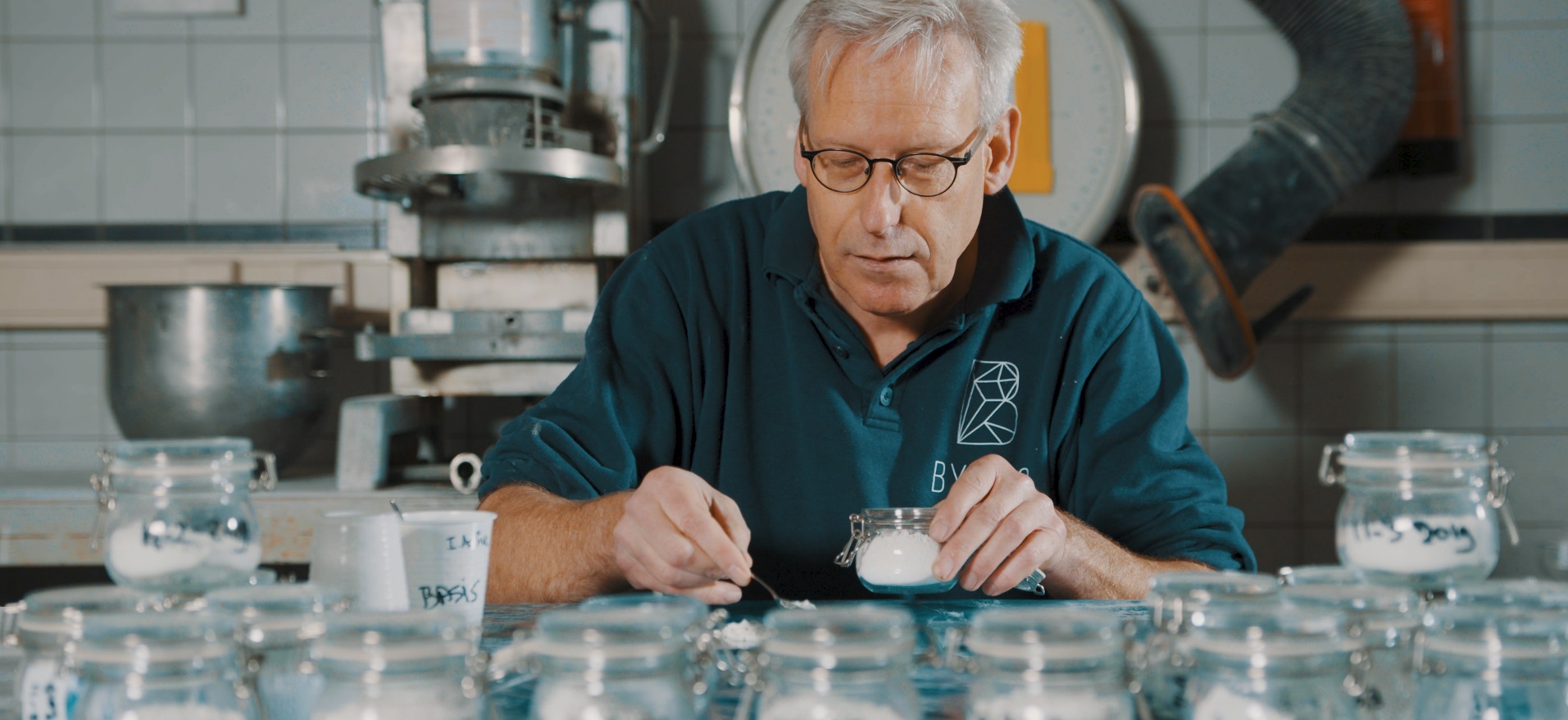
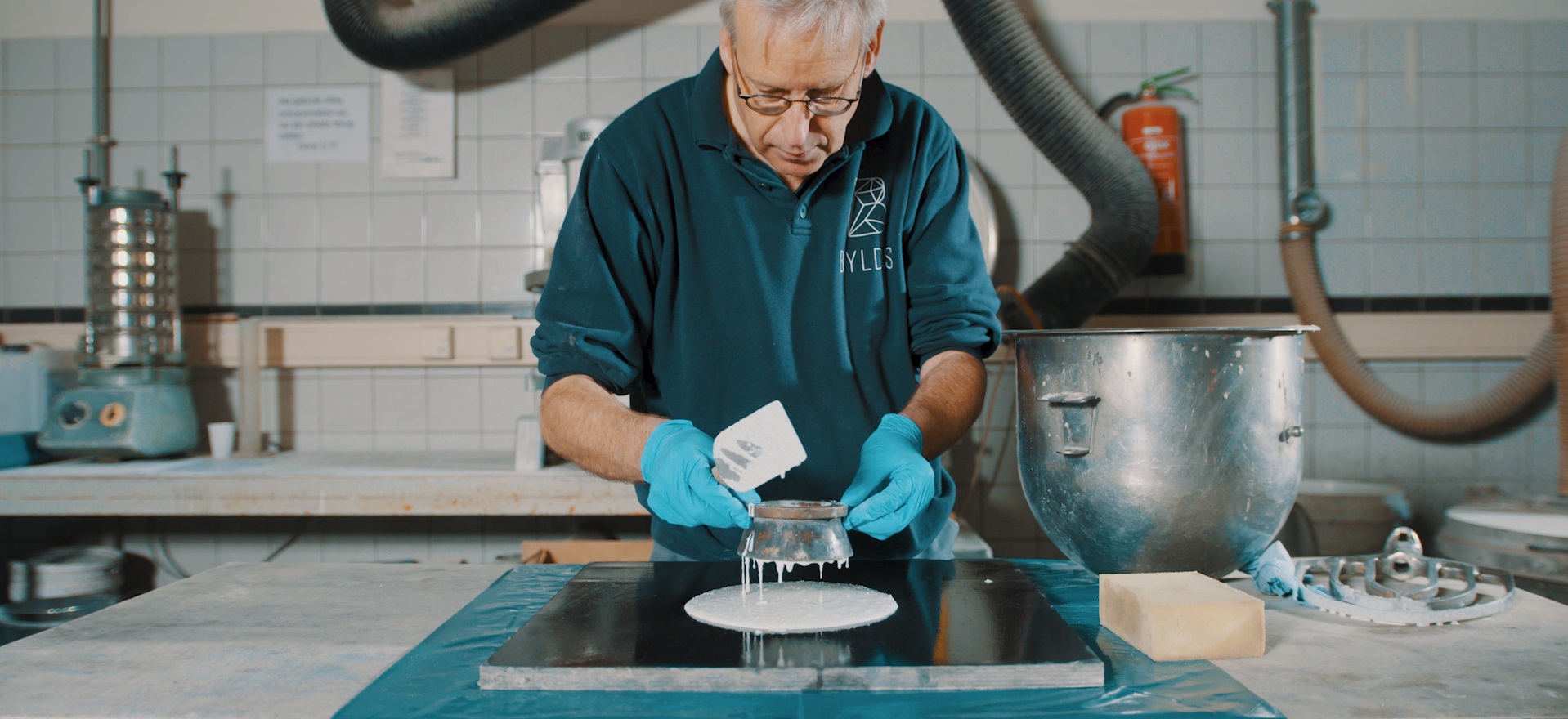
Even after it has been broken up into little chunks, it keeps going and can still be incorporated into a different composition for a new project. A multifaceted construction material called: concrete. In "Concrete chunks", Gerard Brood talks about his work as Senior Quality Officer and Concrete Technologist at Byldis. As well as a passion for his work, he also loves describing his observations.
Read more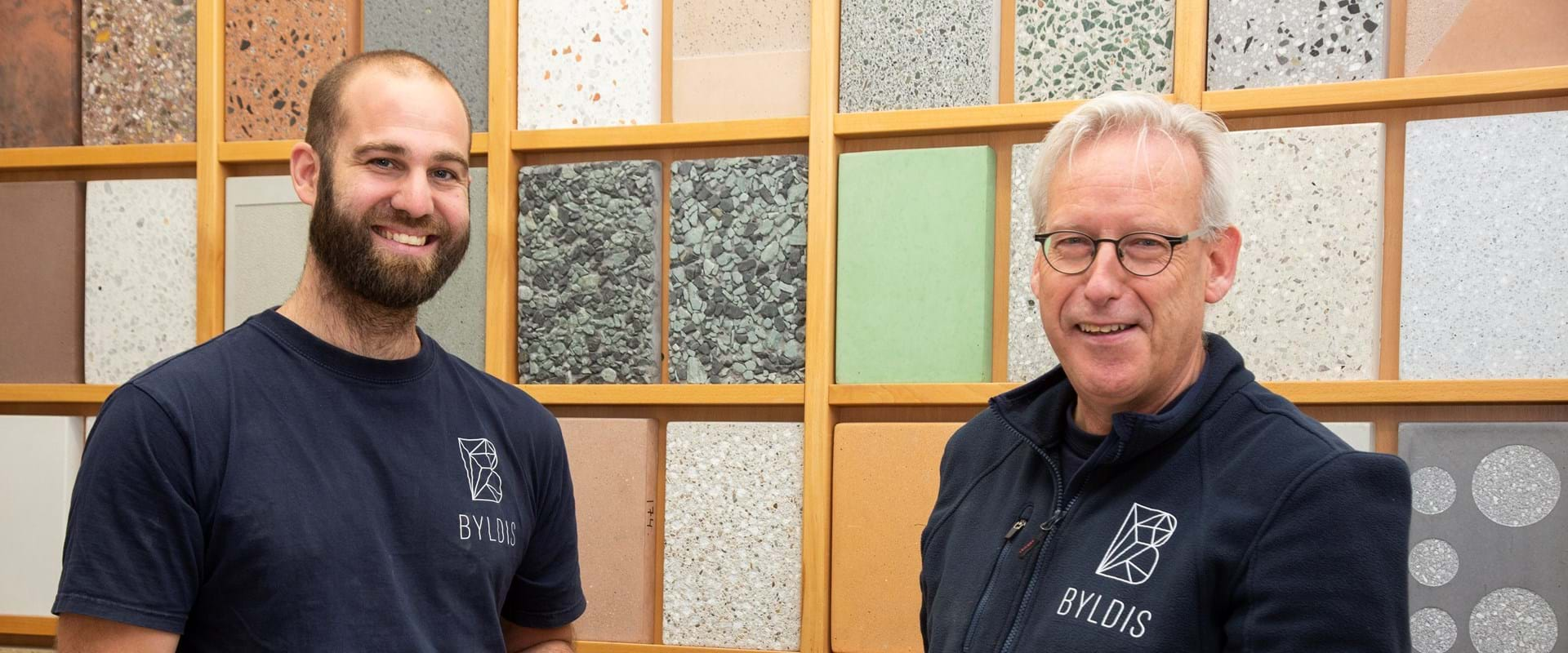

Even after it has been broken up into little chunks, it keeps going and can still be incorporated into a different composition for a new project. A multifaceted construction material called: concrete. In "Concrete chunks", Gerard Brood talks about his work as Senior Quality Officer and Concrete Technologist at Byldis. As well as a passion for his work, he also loves describing his observations.







